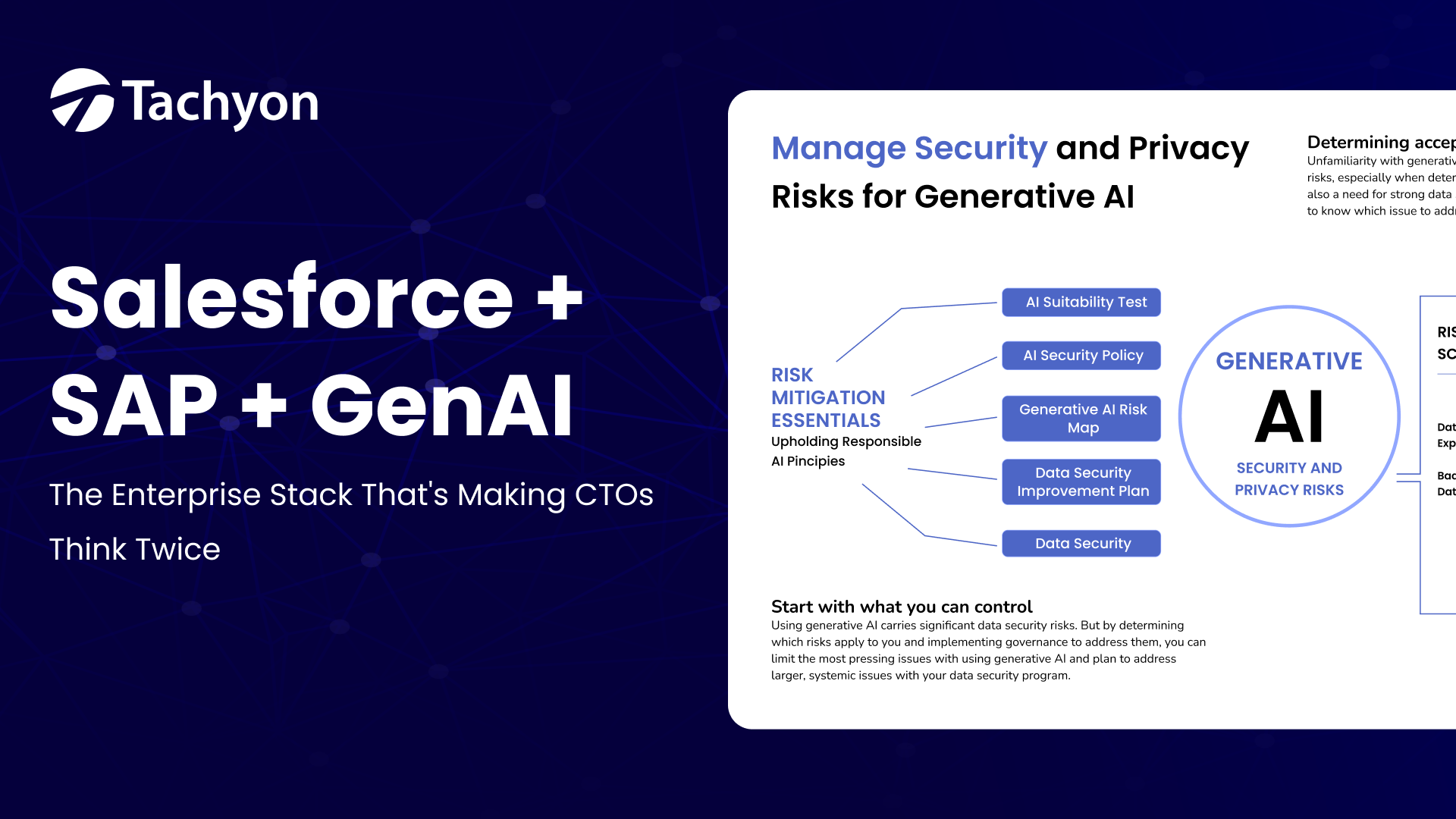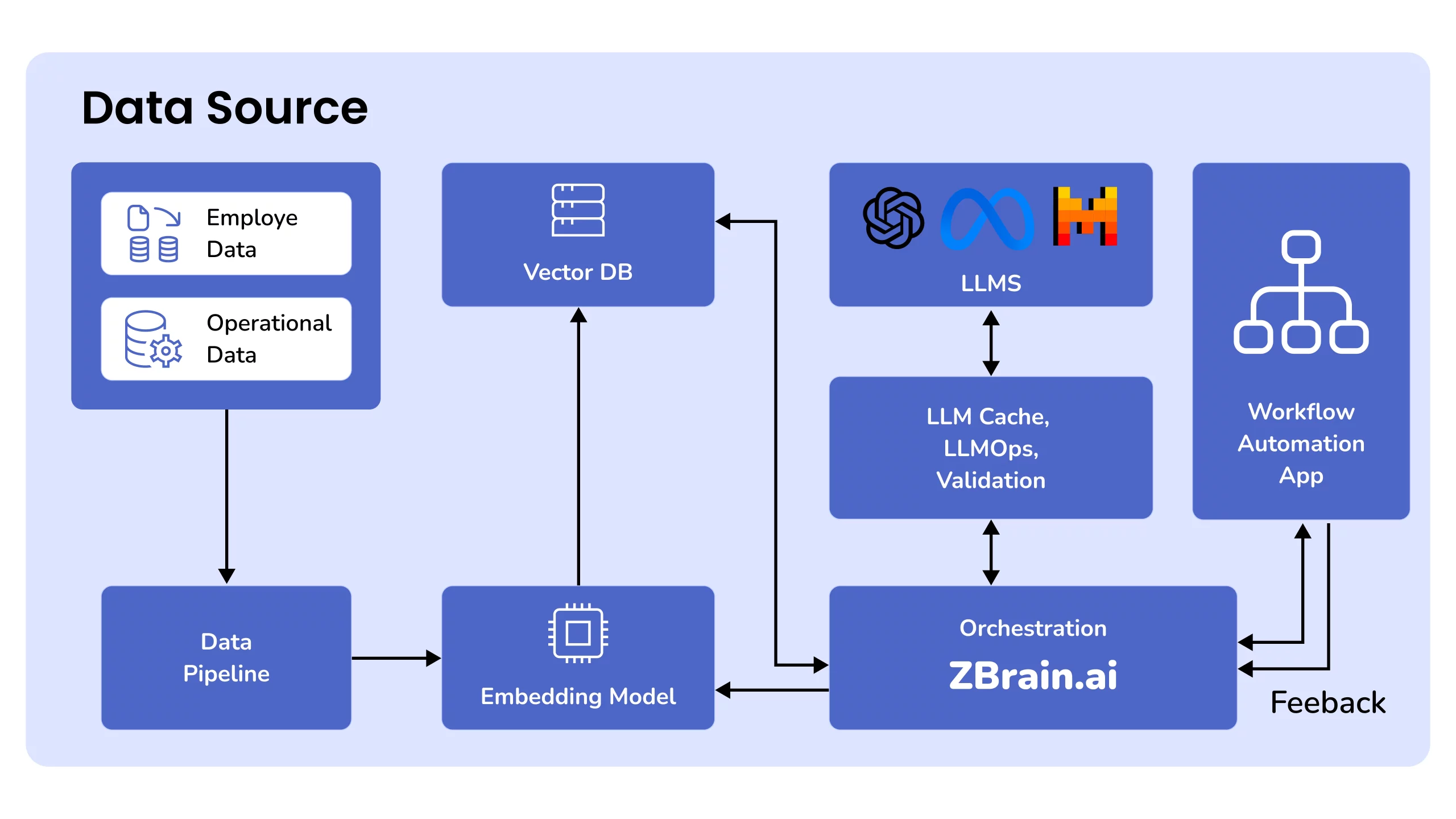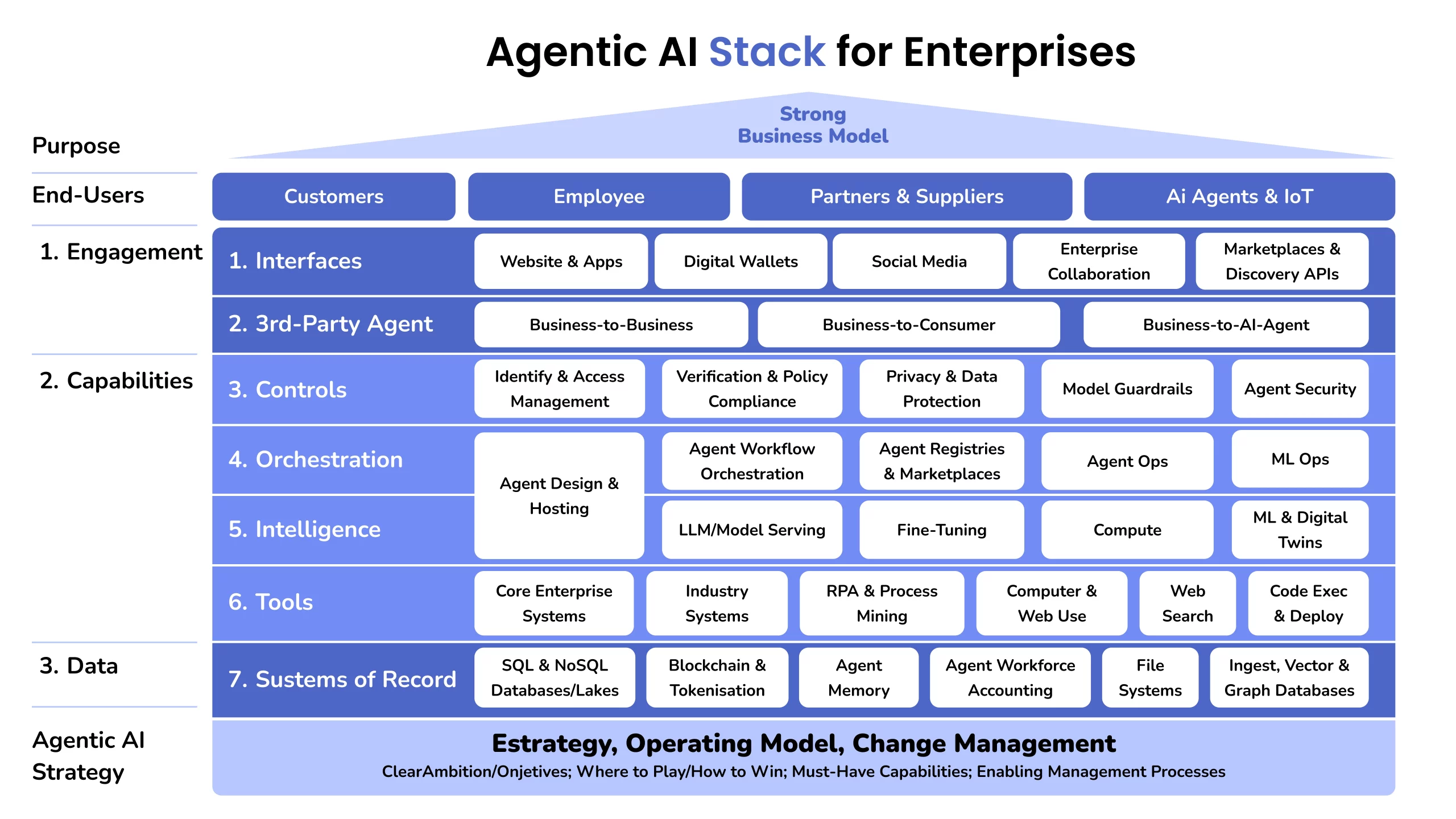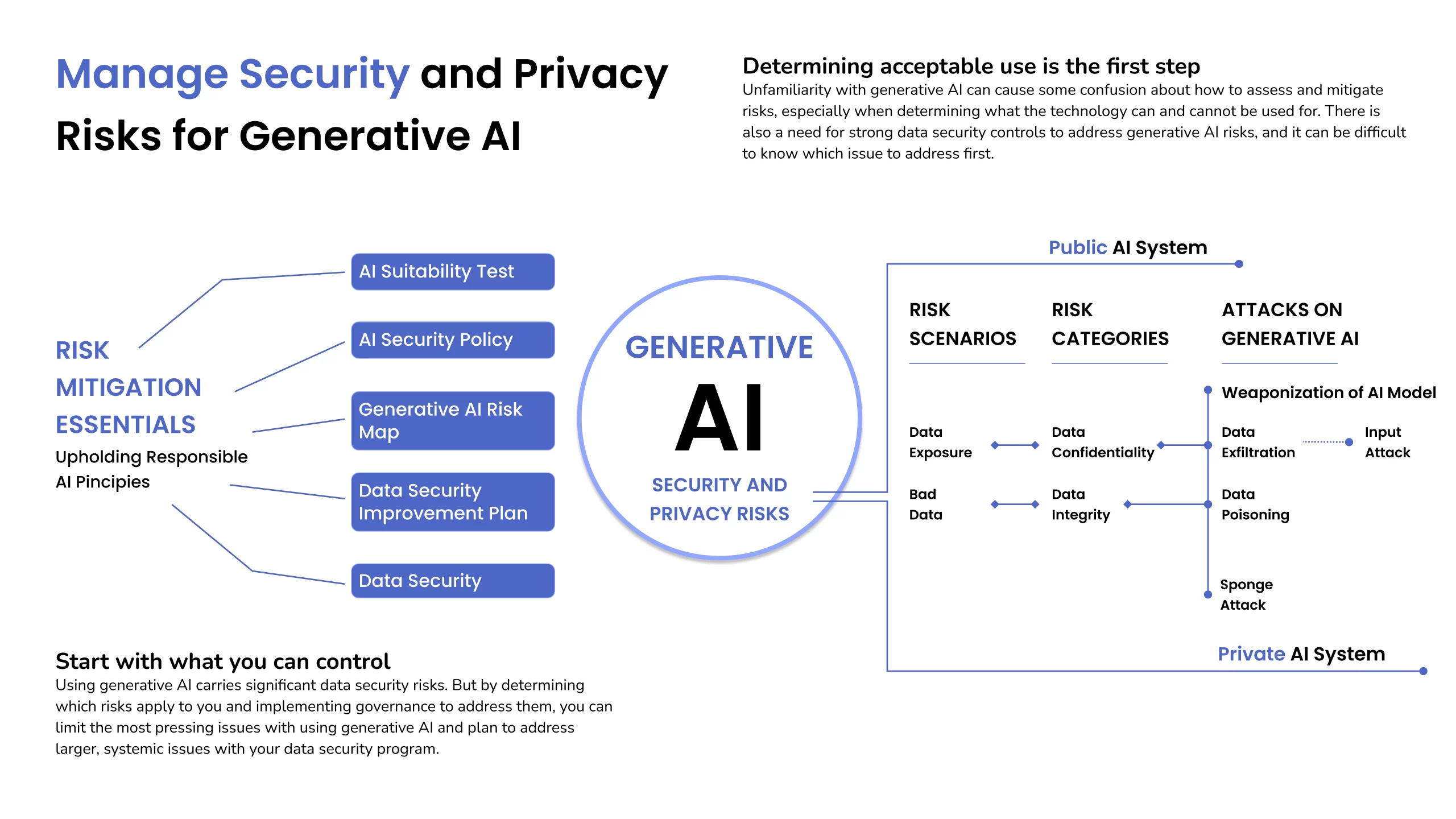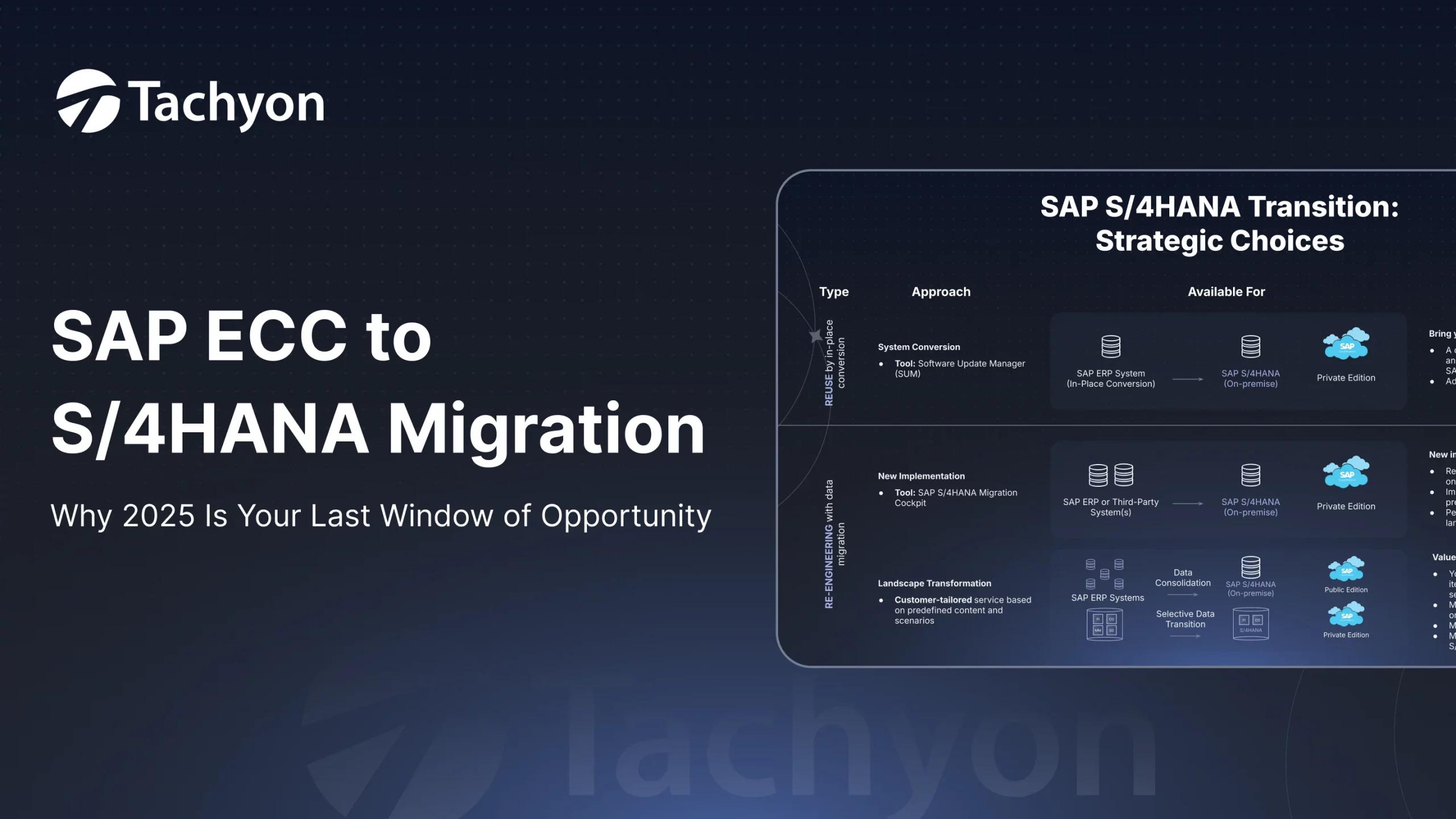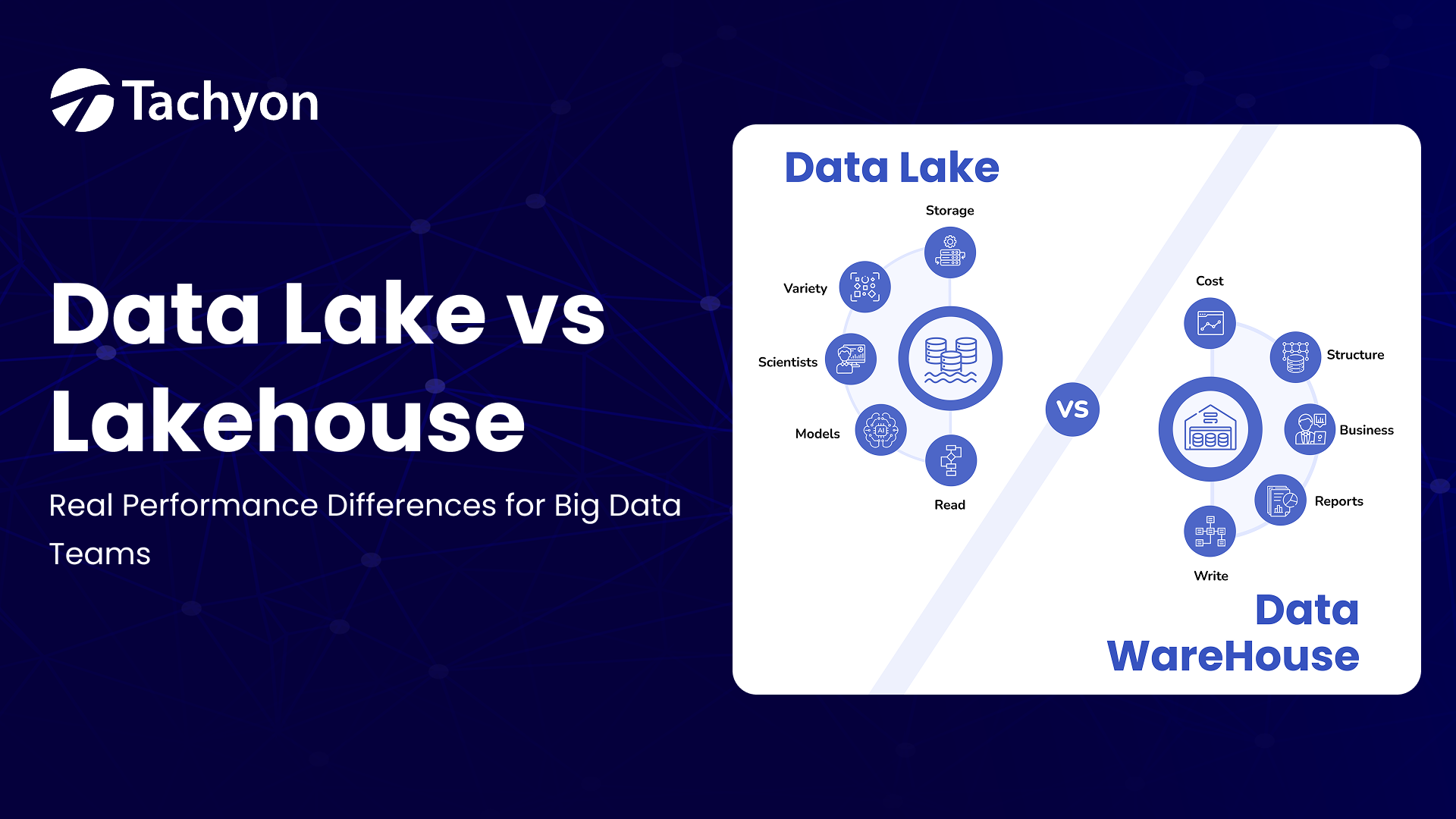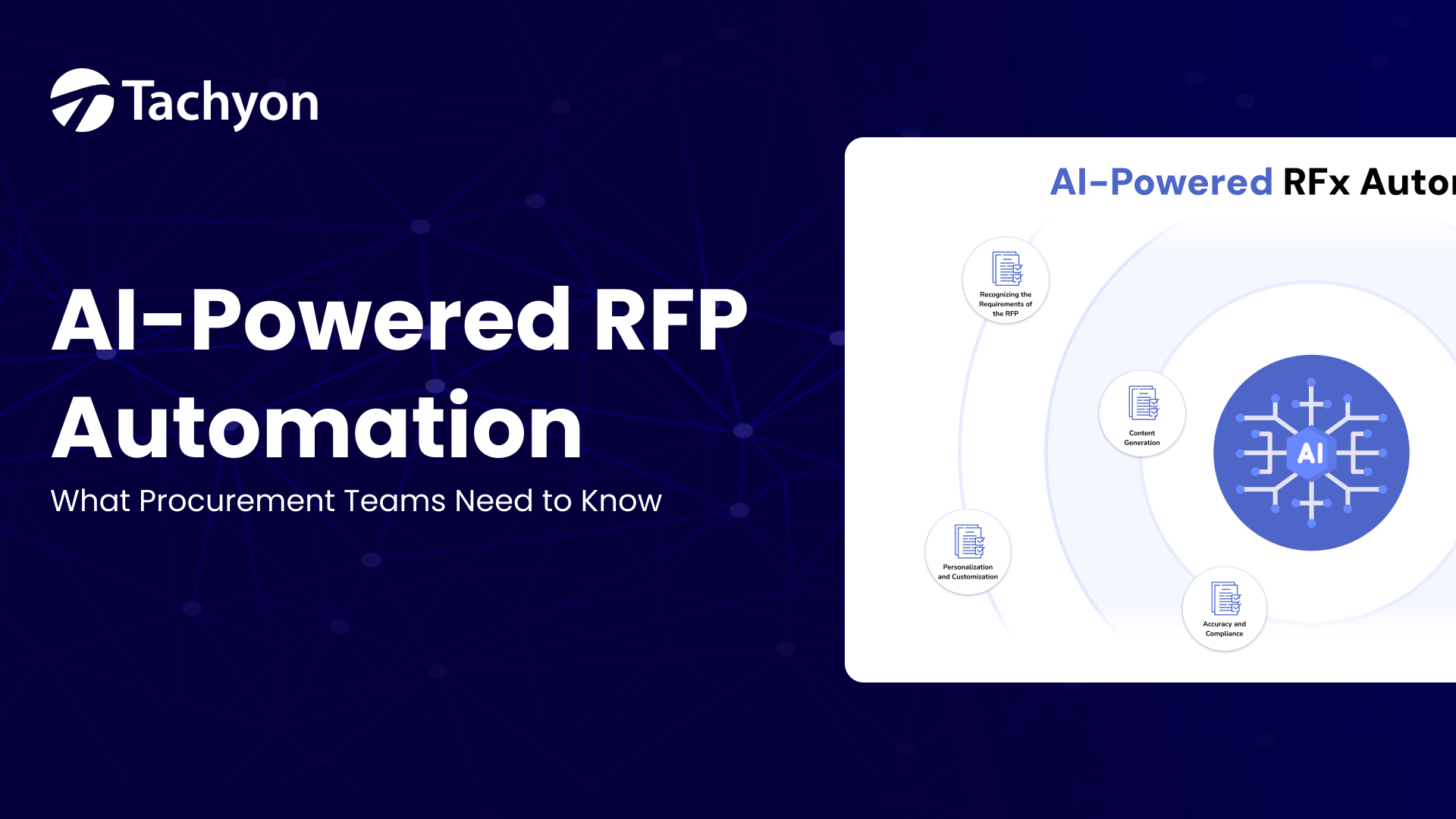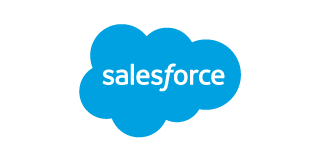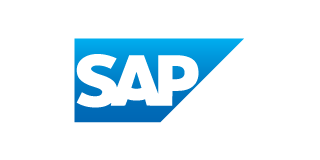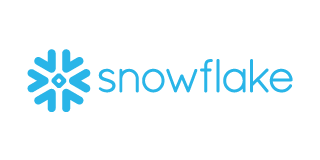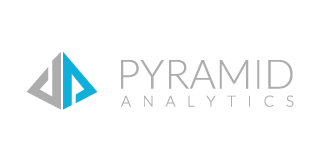The Salesforce and SAP integration market will surge from $15.4 billion in 2023 to $38.4 billion by 2028. This dramatic rise shows how these enterprise platforms have become essential for organizations that want to build strong data foundations for their AI initiatives. Salesforce’s $8 billion acquisition of data-management specialist Informatica signals an intense competition for AI and data cloud dominance.
CTOs who assess Salesforce vs SAP capabilities now look to combine their strengths through mutually beneficial alliances. The integration between these platforms goes beyond basic data synchronization and creates intelligent workflows. SAP has shifted its strategy to lead the enterprise AI market. The company embeds process-aware AI directly into critical workflows. SAP and Salesforce’s partnership grows stronger with new AI capabilities. SAP’s upcoming Joule GenAI assistant and Salesforce Einstein work as digital teammates within everyday tools. This union of SAP Salesforce integration with generative AI opens new possibilities for automation, error reduction, and individual-specific experiences across organizations.
This piece will show why CTOs should think over their enterprise architecture, get into key integration methods, and showcase transformative examples that prove this combination’s worth.
Breaking Down the Stack: Salesforce, SAP, and GenAI Roles
Modern enterprises need more than isolated systems. They need an integrated technology stack that handles both customer relationships and backend operations. The combination of Salesforce and SAP with generative AI builds a powerful enterprise architecture that transforms how organizations approach digital transformation.
Salesforce Einstein for Predictive CRM
Salesforce’s AI strategy centers on Einstein—a complete suite of AI tools built right into the Salesforce platform. Einstein integrates into Customer 360’s fabric, which lets organizations use predictive analytics without switching contexts. The system analyzes customer data to spot patterns and trends. This helps businesses predict future behaviors with remarkable accuracy.
Einstein’s predictive capabilities cover the entire customer experience:
- Einstein Lead Scoring ranks leads based on their likelihood to convert. It uses patterns from past successes to focus sales efforts
- Einstein Opportunity Scoring helps teams concentrate on deals most likely to close. It gives AI-generated scores from 1 to 99
- Einstein Forecasting makes sales forecasts more accurate with AI-driven predictions
On top of that, Einstein personalizes through machine learning. It customizes interactions based on individual customer priorities and behaviors. Every customer touchpoint—emails, product recommendations, or service interactions—can adapt to specific needs.
SAP Joule for Process-Aware AI
SAP created Joule as its enterprise AI solution—a generative AI copilot that runs on business data and AI agents. SAP announced Joule in 2023. The company is adding it throughout its cloud enterprise portfolio, starting with SuccessFactors and moving to S/4HANA Cloud in early 2024.
Joule differs from general-purpose AI assistants because it specializes in SAP systems. It processes unstructured data through Retrieval-Augmented Generation for enterprise (RAGe) and structured data via the SAP Knowledge Graph. This method helps Joule give more reliable answers than generic AI solutions.
Joule shines at grasping business context. It delivers relevant insights custom-made for specific departments like finance, supply chain, and operations. The system supports various interaction patterns: informational, navigational, transactional, and analytical.
SAP blends Joule into its Business Technology Platform (BTP). This helps developers create intelligent applications that predict market trends, optimize supply chains live, and personalize customer experiences.
GenAI as the Glue: Connecting CRM, ERP, and Data
Generative AI connects Salesforce’s customer-facing features with SAP’s operational strengths. These systems now share context and intelligence instead of working separately. This creates workflows spanning the entire enterprise.
The combination works like a perfect partnership. Salesforce Einstein delivers deep customer insights while SAP Joule brings process-aware intelligence to back-office operations. Organizations can now build end-to-end processes that adapt based on both customer needs and operational limits.
Generative AI transforms salesforce to sap integration from simple data syncing to intelligent orchestration. Organizations can create more responsive and adaptive business processes that use the best features from both platforms.
This technology integration builds a unified data foundation for more accurate AI models. To name just one example, Einstein’s customer predictions improve when combined with operational data from SAP. Similarly, Joule’s process optimizations get better with customer context from Salesforce. This two-way flow of intelligence shows the next development in salesforce sap integration.
How Integration Works: From APIs to AI Agents
The effectiveness of data flow and process automation between Salesforce’s CRM and SAP’s ERP functions depends on strong integration architecture. A solid technical foundation determines how well these systems work together.
Salesforce SAP integration via SAP CPI and MuleSoft
SAP Cloud Integration (SAP CPI) and MuleSoft are two leading platforms that help connect Salesforce and SAP.
SAP CPI comes with a specialized Salesforce adapter, which is pre-licensed with SAP Cloud Integration and SAP Integration Suite. This certified connector supports more than 50 operations. These include CRUD functions, SOQL queries, and secure OAuth 2.0 authentication. The platform offers ready-made templates built for Salesforce integration that save development time.
Salesforce owns MuleSoft, which stands on the other end of integration solutions. MuleSoft’s SAP Enterprise Connector is the only enterprise service bus with SAP certification. It enables two-way communication with existing SAP technologies like Intermediate Documents (IDocs), Business Application Programming Interfaces (BAPIs), and SAP Java Connector (JCo). MuleSoft’s Cloud Connect technology makes it easy to integrate with Salesforce’s vast API ecosystem.
Event-Driven Triggers vs Batch Processing
SAP and salesforce integration works in two main ways: event-driven triggers for immediate processing and batch processing for large data transfers.
SAP CPI’s Salesforce Pub/Sub Adapter keeps a constant connection to Salesforce’s event bus to handle real-time integration. It captures events as they happen. This push-based system delivers Change Data Capture (CDC), Platform Events, and Custom Events quickly. The adapter uses a Start Message that begins processing right when Salesforce creates events.
Batch processing handles big data volumes well. SAP CPI’s Salesforce adapter works with both REST Bulk and REST Bulk 2.0 operations. It manages job and batch creation automatically to make implementation easier. This method becomes crucial during data migration projects or when API calls need to be combined.
AI Agents for Cross-Functional Workflow Execution
AI agents that arrange complex workflows across systems are becoming the next big thing in salesforce sap integration. These smart agents do more than move data—they decide, improve processes, and carry out multiple steps on their own.
AI agents work as both the “central nervous system” and “switchboard” for enterprise AI. They combine smoothly with key enterprise systems including Salesforce, SAP, and others through unified orchestration frameworks [26, 27].
These agents start workflows automatically based on set rules in real applications. This reduces delays and the need for human involvement. They ensure business continues smoothly by watching immediate events, finding unusual patterns, and taking action before problems occur.
The agents can look at data in context to make smart decisions about risks, urgency, dependencies, and effects before taking action. This ability has changed salesforce to sap integration from basic data syncing into smart process management across the entire enterprise technology stack.
Top 4 Use Cases That Are Changing Enterprise Operations
Salesforce and SAP platforms working together have changed the way businesses run their departments. Companies can tap into new efficiencies by using these platforms with generative AI. Let’s look at four game-changing use cases that show what this technology stack can do.
Opportunity-to-Order Automation
Salesforce to SAP integration combines Salesforce’s CRM with SAP’s ERP to create a smooth opportunity-to-order process. Orders generate in SAP right after sales opportunities close in Salesforce. This eliminates manual data entry and cuts down errors. The systems keep accounts, contacts, materials, products, and price lists in sync.
Companies see remarkable results. Pre-packaged opportunity-to-order templates help achieve 50-80% faster time-to-value. Salesforce becomes the single source of truth for customer data while backend systems stay updated with minimal human input.
AI-Enhanced Procurement and Spend Management
AI has revolutionized procurement by showing all company expenses clearly and spotting risks early. SAP’s Joule works within procurement solutions to process data from SAP and other systems, providing applicable information.
Category management stands out as a top tech trend for 33% of procurement experts. AI algorithms analyze data to optimize inventory and guide strategic buying decisions. This cuts costs, builds better supplier relationships, and supports sustainability through eco-friendly supplier and product choices.
Predictive Maintenance in Supply Chain
AI-powered predictive maintenance brings a fundamental change to supply chain operations. Equipment sensors feed data to AI algorithms that spot small changes in machine performance. Teams can fix issues before machines break down.
Numbers tell the story clearly. Factories lose 5% to 20% of manufacturing capacity from equipment failures. Large automotive plants can lose $695 million yearly from stopped production. AI-based predictive maintenance cuts downtime by up to 15% and improves labor productivity by 5% to 20%.
HR and Talent Intelligence with GenAI
GenAI reshapes how HR works, from hiring to employee growth. HR leaders running GenAI pilots doubled between June 2023 and January 2024. They focus on employee chatbots, administrative work, and skills data management.
The benefits add up fast. Companies see 20% value in talent acquisition and recruiting, another 20% in people management, and 12% in tailored learning and development. GenAI helps create job posts, give candidate feedback, and build training plans that match both individual needs and company goals.
Want to improve your business operations with Salesforce and SAP solutions? Call Tachyon Technologies today to learn how we can apply these use cases to your business.
The Strategic Advantage: Why CTOs Are Rethinking Their Stack
CTOs now see salesforce and sap integration as a business necessity rather than just another technical hurdle. These platforms combined with generative AI create benefits way beyond the reach and influence of regular operational gains. This combination has changed how companies make use of their data assets.
Unified Data Layer for AI-Driven Decisions
A cohesive data infrastructure forms the core of enterprise AI success. Companies that build a unified data layer in their salesforce and sap systems make substantially better decisions. Their approach unites structured and unstructured data to speed up the AI data lifecycle. Research shows this unified layer helps companies use highly distributed hybrid data while keeping control of multi-vendor, multicloud environments.
Breaking down data silos and uniting information from multiple sources helps CTOs remove data duplication in their companies. This clarity builds a foundation to automate business processes better. Companies can now automate tasks that once needed manual data matching.
Reduced Time-to-Insight Across Departments
Salesforce to sap system integration shrinks the gap between collecting data and taking action. AI analytics platforms remove old bottlenecks by constantly taking in data and showing insights as patterns emerge. This speed boost is remarkable – reports that took four hours now take just 30 minutes, cutting time by 80%.
Modern business structures adapt to meet these faster needs. Companies create smooth data movement within their sap and salesforce integration through integrated data hubs. This makes quality data ready to analyze faster. Smart data catalogs help teams share and understand information better.
Improved Customer Experience via 360° View
Salesforce sap integration offers a detailed customer view, which might be its most powerful feature. A 360-degree view unites data from touchpoints and systems to show teams how customers interact with products and services. Teams can predict customer actions based on their purchases, support requests, and priorities.
This united view removes the need to repeat questions since support teams can see all available information. Agents help customers quickly without putting them on hold to search through scattered databases.
Find out how Tachyon Technologies can help you gain these strategic benefits. Book a call with our experts to ask about your Salesforce and SAP integration needs.
Risks, Tradeoffs, and Governance in the GenAI Era
The integration of these powerful systems offers clear benefits, but organizations face major risks when implementing AI across salesforce and sap environments. Companies need to find the right balance between welcoming state-of-the-art technology and ensuring responsible deployment.
Responsible AI Frameworks in SAP and Salesforce
Both platforms have complete AI governance structures in place. SAP built its Global AI Ethics Policy on UNESCO’s 10 ethical principles that include fairness, transparency, and human oversight. The company runs an AI Ethics Steering Committee with senior leaders and works with an external Advisory Panel of academics and industry experts. Salesforce created its first trusted AI principles back in 2018 through its Office of Ethical & Humane Use. Their framework focuses on accuracy, safety, honesty, strengthening users, and sustainability—core principles that shape all AI development.
Data Privacy in Multi-Model AI Environments
Training data that spans terabytes often contains sensitive information, which creates new types of exposure risks. In fact, 81% of organizations worry about data privacy when they use GenAI. Multi-modal AI makes handling different types of personal data more complex. Companies must follow data minimization principles, set clear retention timelines, and give users ways to control their data.
Vendor Lock-In and Platform Interoperability
Cloud-migrated organizations face vendor lock-in challenges 80% of the time. This issue extends to AI implementations and could lead to technological barriers. A full 96% of organizations choose non-proprietary models for salesforce to sap integration. By 2028, 70% of organizations that build multi-LLM applications will use AI gateway capabilities to reduce lock-in risks.
Conclusion
Salesforce, SAP, and generative AI are coming together to reshape enterprise architecture beyond simple integration. This piece shows how this powerful technology stack creates new chances for businesses that want complete digital transformation. These platforms now work as one ecosystem where customer operations naturally connect with backend processes.
This integration brings strategic benefits that go well beyond making operations more efficient. Companies that use this stack get a unified data foundation. It powers more accurate AI models and cuts down time-to-insight across departments while giving a true 360-degree view of customers. Teams can make better decisions faster because traditional data silos no longer block innovation.
Companies need to think over the risks that come with this integration. A successful implementation must include responsible AI frameworks, data privacy protections, and ways to avoid vendor lock-in. Successful organizations will find the right balance between innovation and governance as they roll out these powerful technologies.
We looked at four game-changing use cases: opportunity-to-order automation, AI-enhanced procurement, predictive maintenance, and talent intelligence. These examples show how this integrated stack creates real business value across departments. CTOs now see this combination as a strategic need rather than just a technical challenge.
Organizations that can combine Salesforce’s customer-focused features with SAP’s operational excellence will own the future. Generative AI makes it even better. Want to use integrated Salesforce, SAP, and GenAI for your business? Book a call with Tachyon Technologies today to begin your transformation. As this technology grows, companies that adopt this powerful stack will gain big advantages in our AI-driven business world.
Reimagine Your Enterprise with Salesforce, SAP & GenAI
Integrate, automate, and boost efficiency with AI-powered solutions. Ready to modernize your enterprise stack? Speak with our experts and discover the strategic power of integrated AI for your organization.

